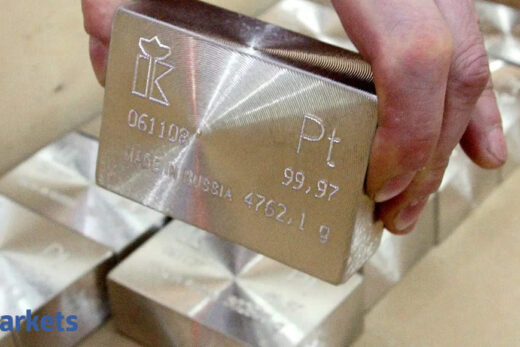Bullion’s retreat also spilled into other precious metals, with silver slipping as much as 4.3% and platinum shedding 3.7%.
Spot gold was down 1.9% at $1,871.91 per ounce by 1:43 p.m. EDT (1743 GMT), after falling to its lowest level since May 20 at $1,864.39. U.S. gold futures settled down 1.9% at $1,873.30.
“We’re coming out of the woods here, the data is getting better, there are some inflation issues that could put a damper on things, but we have turned the corner,” Bob Haberkorn, senior market strategist at RJO Futures, said.
“The better-than-expected data has put traders on the defense. They’re preparing for possible statements from the Federal Reserve on tapering or higher rates, although not immediately.”
The dollar index jumped 0.7%, making gold expensive for other currency holders, while the U.S. yields also ticked up.
Signaling a strong labor market recovery, new U.S. jobless claims dropped below 400,000 last week, while private employers stepped up hiring in May, the ADP National Employment Report showed.
Meanwhile, a measure of U.S. services industry activity increased to a record high in May.
“A much stronger-than-expected ADP result suggesting a similar bounce back in payrolls tomorrow after last month’s terrible print has driven the dollar notably higher and triggered long liquidation in gold under $1,890,” said Tai Wong, head of metals derivatives trading at BMO.
“The $1,850-60 support is significant and should hold in gold.”
The focus now turns to key U.S. nonfarm payroll numbers due on Friday.
Silver fell 2.9% to $27.39 per ounce and platinum slipped 2.7% to $1,156.96 after sinking to its lowest level since late March, while palladium shed 1.2% to $2,821.55.



